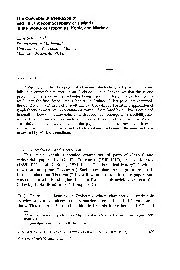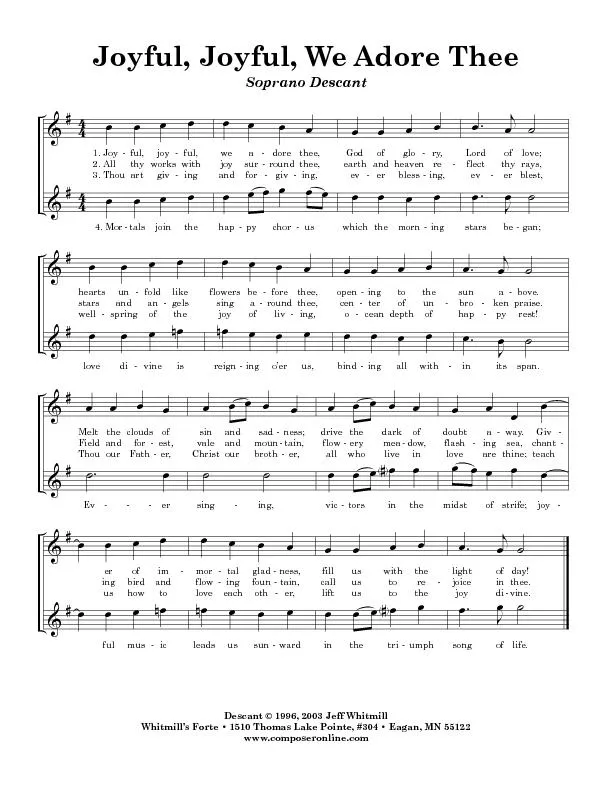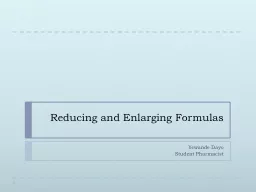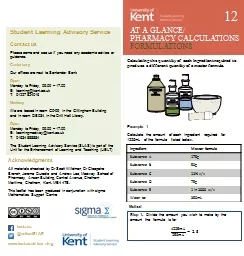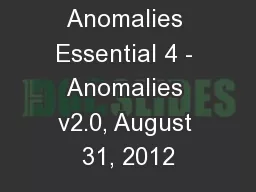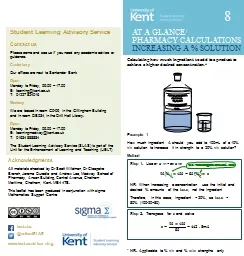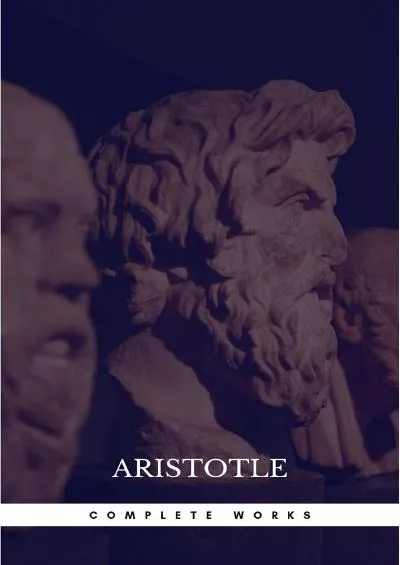PDF-his last paper. Yet in [I9121 an essential ingredient of the proof giv
Author : sherrill-nordquist | Published Date : 2017-01-21
53 706 defined the concept of irreducibility for a square matrix This definition is fundamental148 in the theory of nonnegative matrices and has the character of
Presentation Embed Code
Download Presentation
Download Presentation The PPT/PDF document "his last paper. Yet in [I9121 an essenti..." is the property of its rightful owner. Permission is granted to download and print the materials on this website for personal, non-commercial use only, and to display it on your personal computer provided you do not modify the materials and that you retain all copyright notices contained in the materials. By downloading content from our website, you accept the terms of this agreement.
his last paper. Yet in [I9121 an essential ingredient of the proof giv: Transcript
Download Rules Of Document
"his last paper. Yet in [I9121 an essential ingredient of the proof giv"The content belongs to its owner. You may download and print it for personal use, without modification, and keep all copyright notices. By downloading, you agree to these terms.
Related Documents

